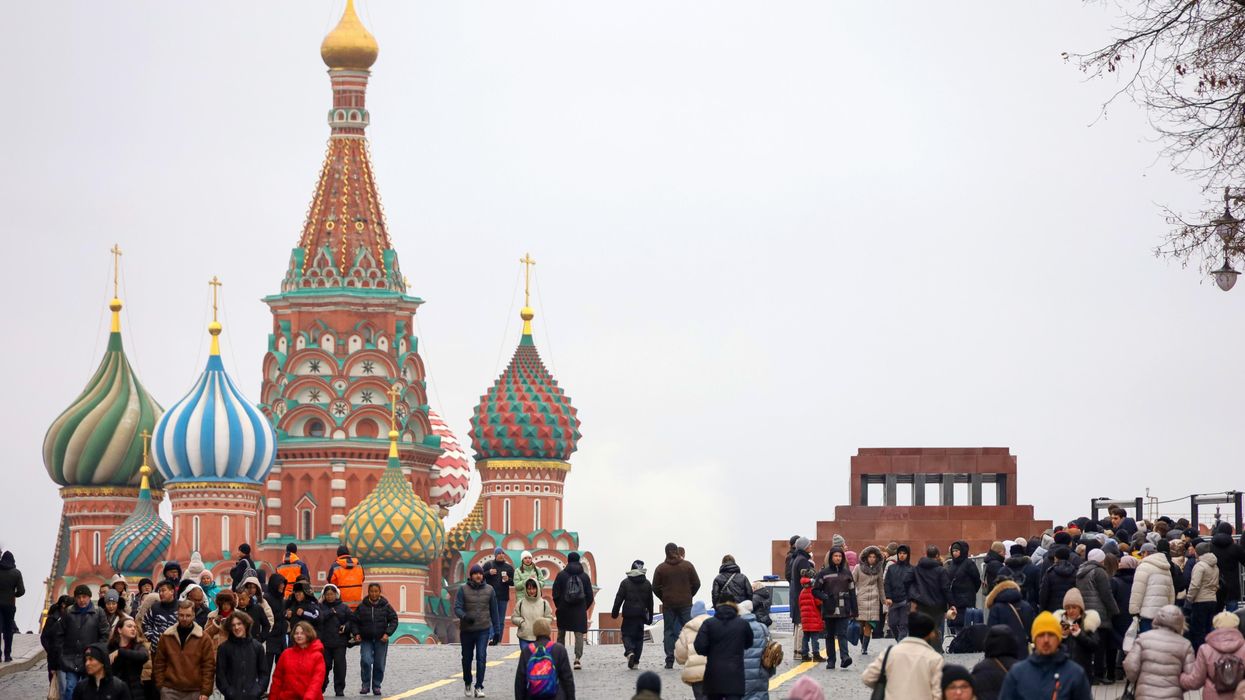New legislation introduced by three Republican members of Congress would set a new bar for transparency in funding from think tanks receiving foreign funding. The legislation — “Think Tank and Nonprofit Influence Disclosure Act of 2021” — aims to “root out foreign funding behind America’s policy research institutions” by requiring disclosure of foreign governments and foreign political parties that contribute in excess $50,000 per year to think tanks.
The requirement for think tanks to disclose their foreign sources of funding is particularly focused on revealing the extent of Chinese government-linked funding of think tanks, but the bills sponsors — Reps. Lance Gooden (R-Texas), Joe Wilson (R-S.C.), and Jim Banks (R-Ind.) — emphasized that the extent of foreign influence in U.S. think tanks is a far reaching problem.
“Experts believe there are numerous foreign governments backing American think tanks and nonprofits, and that the Chinese Communist Party and Russian government are among those who seek to influence U.S. policymakers in this way,” said a press release from Gooden’s office.
The Republican bill closely closely reflects the policy recommendations in last year’s report by Ben Freeman, director of the Foreign Influence Transparency Initiative at the Center for International Policy, which found that $174 million in foreign funding went to top U.S. think tanks between 2014 and 2018, and advised that “think tanks should be required, by law, to publicly disclose funding from foreign powers.”
A Responsible Statecraft and American Prospect investigation in January found that the House Foreign Affairs Committee, of which Wilson is a member, was regularly briefed by experts affiliated with think tanks that refuse to provide transparency into their funding sources.
Of the 237 think tank–affiliated witnesses who spoke before the House Foreign Affairs Committee over the past two congresses, under 30 percent of them appeared on behalf of institutions that fully disclose their major donors.
























